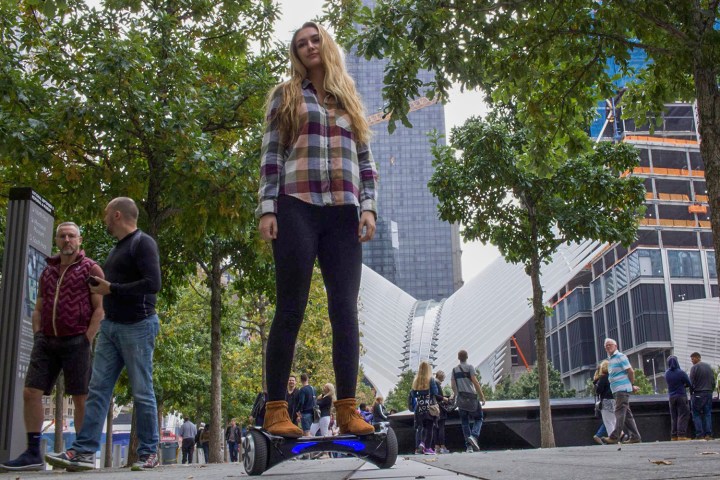
Officers in Chicago confiscated 16,000 counterfeit boards worth an estimated $6 million in the raid, though the number is expected to run much higher due to the huge number of shipments still being processed.
The seized devices, many of which reportedly came from China, bear fake trademark logos and also contain batteries that fail to meet U.S. safety standards.
The hoverboard, which despite its name doesn’t really hover at all but instead uses wheels to move, was one of the holiday season’s biggest sellers. However, reports from around the world of sudden fires caused by dodgy lithium-ion batteries inside sub-standard models prompted many concerned retailers to pull the device from sale. Airlines, too, banned the board from flights.
The U.S. Consumer Product Safety Commission (CPSC) said recently it’d so far received reports of 39 hoverboard fires in 19 states.
An indication of just how serious the situation has become came last week when CPSC Chairman Elliot F. Kaye recommended hoverboard owners to keep a fire extinguisher with their machine at all times.
In its report outlining an ongoing investigation into the blazing boards, the commission said that many of the fires “occurred indoors and could have resulted in serious injuries if not for the quick actions of consumers to extinguish the fire.”
Commenting on the recent raid in Chicago, William Ferrara, CBP’s director of field operations, said, “Not only are these hoverboards a serious safety hazard but they also threaten our economic security by hurting legitimate businesses who invest significant amounts of resources into the development and protection of their brands.”
Reputable makers of the board will be desperately hoping the bad publicity soon fades away as counterfeit devices are gradually removed from the market, though it’s clearly going to take time for cautious consumers to be convinced of the product’s safety.



